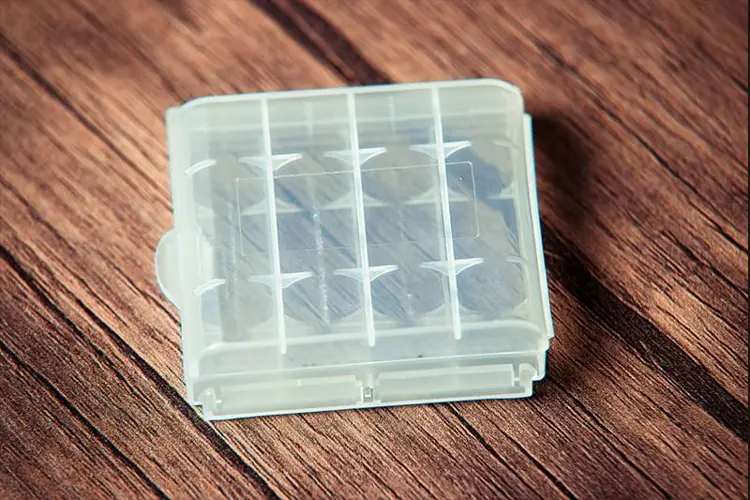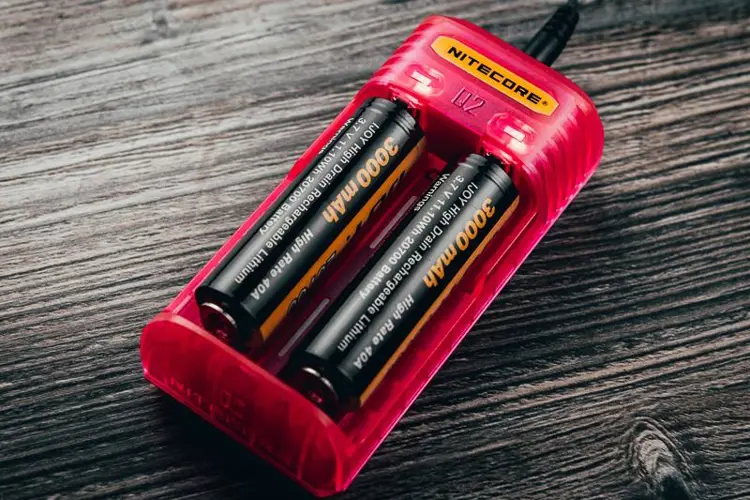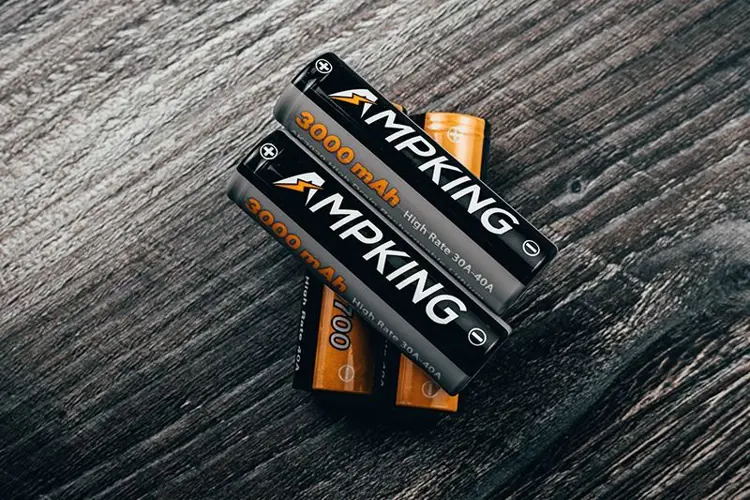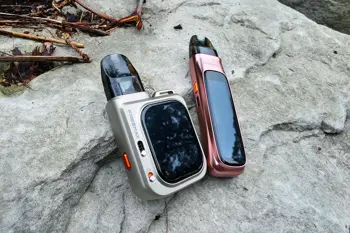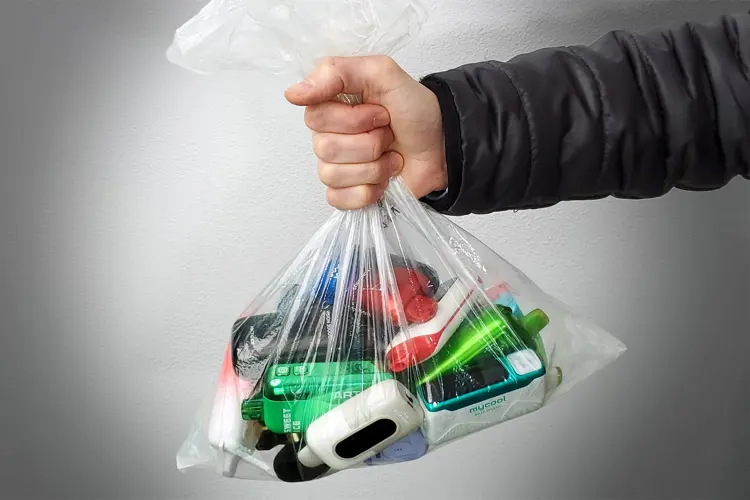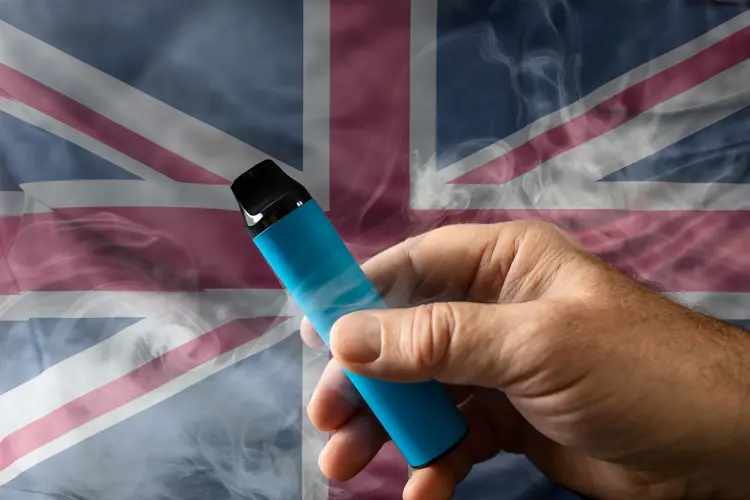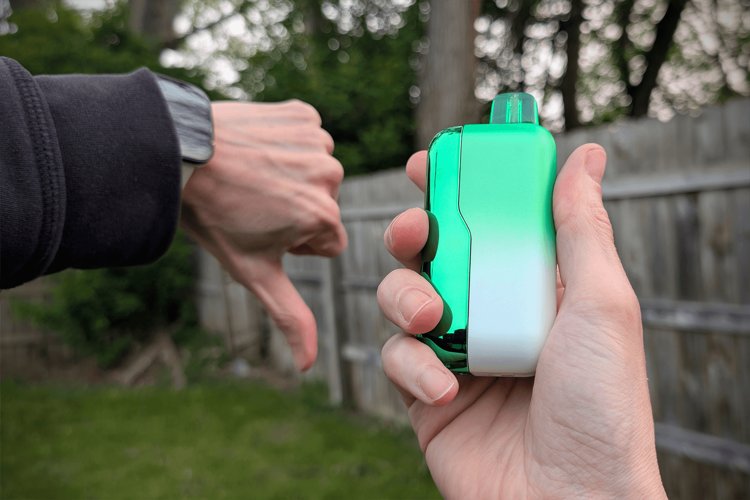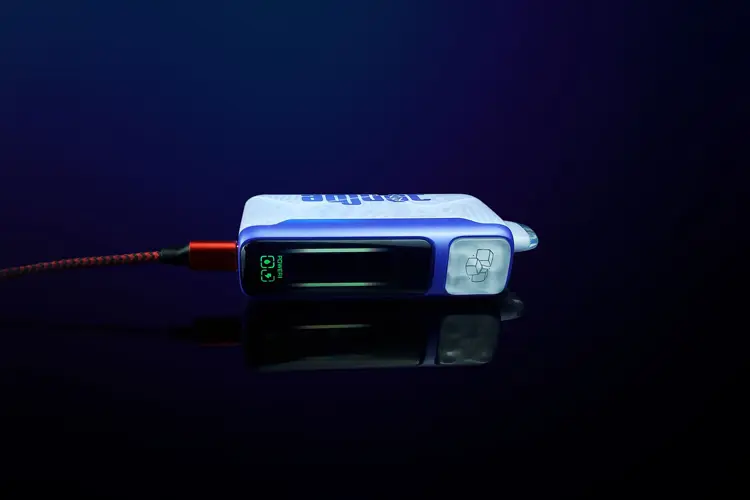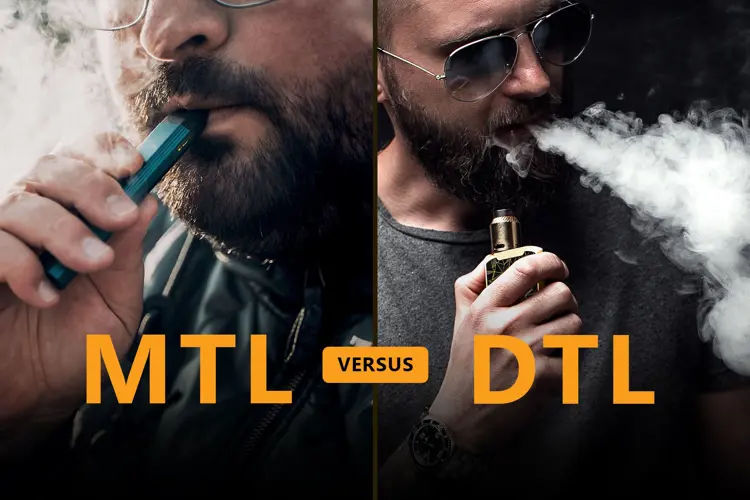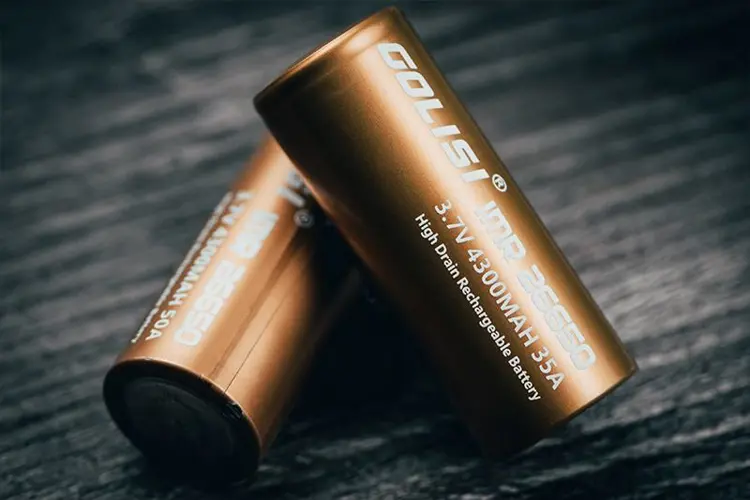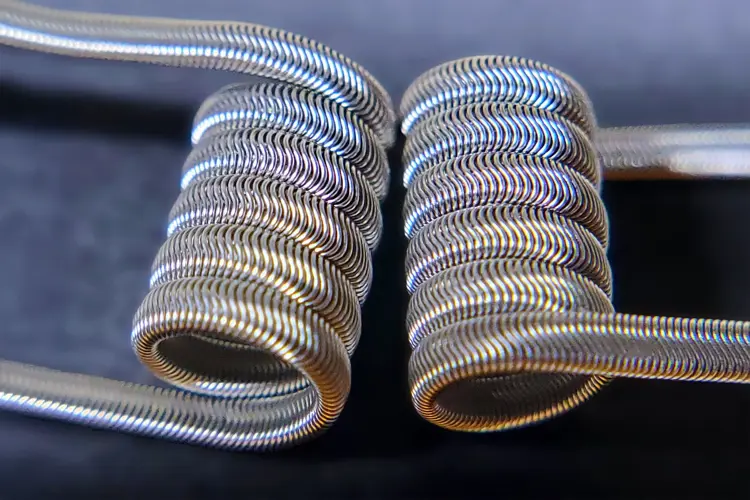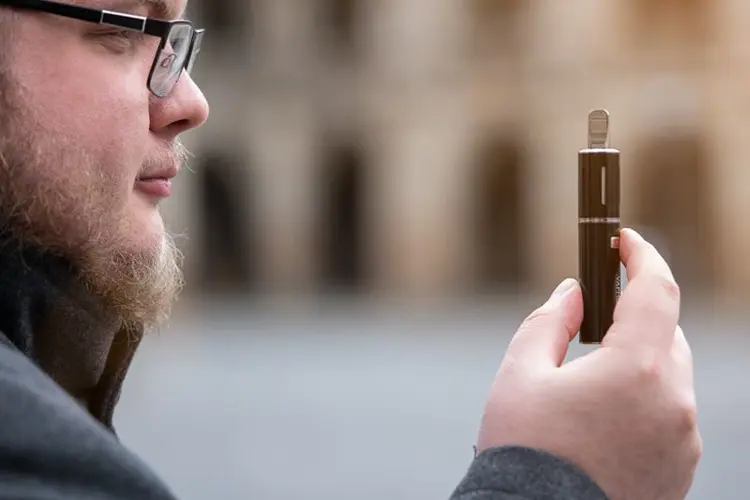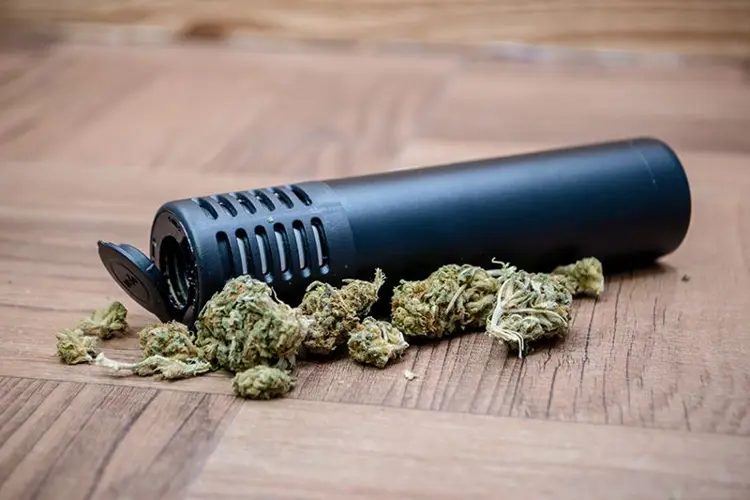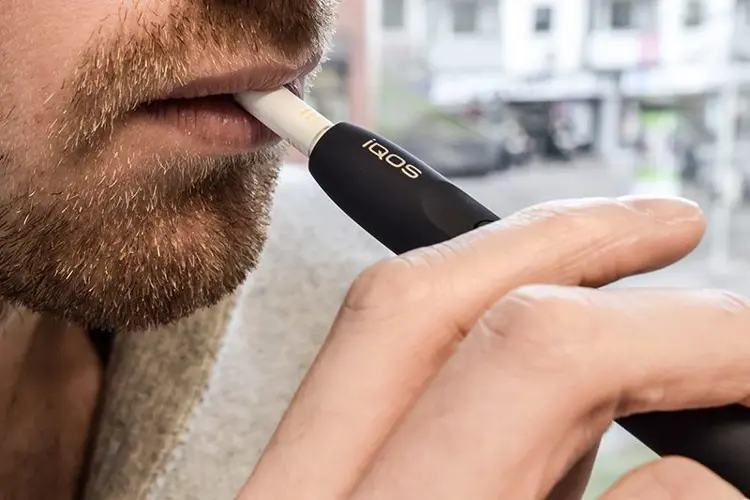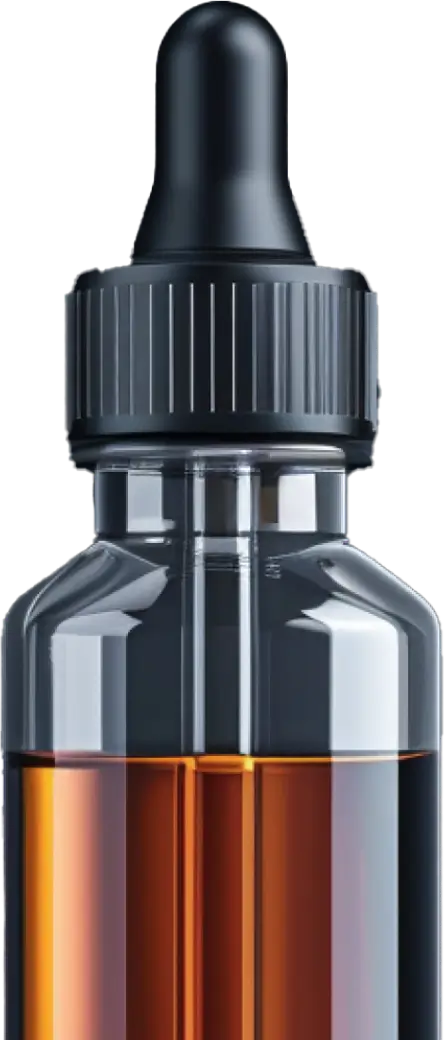- Vape batteries are powerful and require careful handling, especially for beginners unfamiliar with their risks.
- Battery safety goes beyond what's in a device's manual, covering things like proper storage, charging habits, and avoiding counterfeits.
- Using the right gear and practices protects both you and your device, extending battery life and preventing accidents.
- This guide is tailored for regulated vape mod users, offering essential tips without diving into advanced mechanical mod knowledge.
Vape batteries are not like your remote-control AAs. They are much more powerful cells that need to be handled carefully. And while battery safety tips may seem like common sense to those who are in the know, new vapers are often handed a vape mod and a couple of 18650s without any advice on how to properly handle them.
Read on to find out the basics of battery safety, but bear in mind that this is not a mechanical mod safety guide; for that, you will need a solid understanding of Ohm’s law and much more info than what can be covered in this beginner’s guide. But if you own a regulated vape mod that is powered by batteries such as 18650s or 21700s, this guide is for you.
Keep wraps intact
Always make sure that the wraps of your batteries are in pristine condition. If you notice a nick on the battery wrap, the safe thing to do is to re-wrap it. Battery wraps are cheap and very easy to put on. If you don't have wraps, visit your local vape shop. Most shops will wrap your batteries for free, and it won't take more than a couple of minutes. But it's very easy to do on your own—check our video on how to easily and quickly rewrap your batteries.
Use the right batteries
Some batteries are better for low wattage vaping, others are better for sub-ohm vaping, and others are not supposed to be used for vaping at all. When picking batteries for your mod, make sure that they come in the appropriate specs. Don’t just read the ratings on the wraps, as those are often misleading. Check for independent battery reviews, and always stay below your battery's CDR (continuous discharge rating).
Use battery cases
Never throw batteries in pockets or bags when not in use. Get yourself some cheap plastic battery cases instead, as unprotected batteries might short circuit when they come in contact with metal objects. This may cause your battery to vent and potentially explode. Battery cases are a great solution for carrying your cells and they come in a variety of materials and designs.
Watch out for counterfeits
Counterfeit batteries are unfortunately a thing, with the big three (Sony, Samsung, Panasonic) being the most commonly counterfeited brands due to their higher price tag. Always buy batteries from reputable vendors, as those will go out of their way to make sure their batteries are authentic.
Use a dedicated charger
Charging your batteries directly in your mod is possible with most devices nowadays, but it’s always safer to use a dedicated battery charger. A simple charger can cost less than a 60 mL bottle of e-juice! Stepping up a bit in price will add features such as battery data and health monitoring.
I originally wrote this article back in 2019, and over the last few years, I've been pondering whether the "use a dedicated charger" advice is still relevant. Battery safety has been a hot topic in this community for over a decade, and today's mods, especially those made by the big manufacturers, are much more reliable. That said, the question is: what do you trust more, a tiny charging circuit soldered inside a device, or a device specifically designed for a single purpose?
I'm not gonna lie; I'm still using dedicated chargers for the most part, but I often use a 2A brick to charge a couple of my single-18650 mods---especially when traveling. But I make sure to never leave the device charging unattended, and I periodically check the status of the charge and the external temperature of the mod.
Still, my advice would be to use a dedicated charger, especially when charging "married" batteries for a dual-battery mod. It only takes a bad unit, or even a faulty charging circuit on an otherwise working unit, to damage a battery. If you do need to charge a single-battery mod directly, treat it as an emergency charge, ensure that your brick is rated up to 2A, and avoid using USB-C to USB-C cables.
Don’t leave your batteries charging unattended
Even when using a charger, having your batteries charging unattended is never a good idea—especially overnight. Although very rare, battery chargers are electronic devices and failures are not unheard of. Always keep an eye on your charging batteries and place them in battery cases when you are not around.
Don’t over-drain your batteries
If possible, try to not completely drain your batteries — lithium-ion batteries tend to lose more capacity the further you let them discharge. Most mods will come with some form of battery level indication. Taking your batteries out to charge before they are completely drained will prolong their life, i.e. the number of cycles you will be able to get out of them.
Avoid extreme temperatures
Vape batteries can tolerate low and high temperatures, but you wouldn’t want to test their limits. Higher temperatures will strain your batteries, making them age faster (or even vent), while colder temperatures take a toll on battery capacity. Make sure you store them in a cool place away from sunlight and never ever leave them stored in places like the glove compartment of your car where temperatures might exceed their safety range. If you live in an area where the temperatures frequently get extreme, consider carrying your vape device and batteries in a small insulated lunch cooler—but remember that your batteries should always be carried inside their own battery case.
Use "married" batteries
If you are using a mod that takes more than one battery, always use the exact same batteries (for example, a pair of Sony VTC5s) and keep them "married," i.e. use them in pairs and always together—it’s a safe practice. This will ensure that the cells get the same number of charges/discharges and help delay imbalances in capacity and performance.
Replace old batteries
Batteries are only good up to a certain number of cycles (full charge to full discharge). Lithium-ion batteries will start losing capacity and strength when used extensively for long periods of time. If you sense that your battery takes less time to discharge, just replace it. Even if you haven’t noticed something out of the ordinary, replace your batteries after six months to a year, depending on how often you use them.
Recycle old batteries
When replacing old batteries, always recycle them instead of throwing them away. A lithium-ion cell can easily short-circuit in the trash can, which is a serious hazard risk. On top of that, recycling batteries is good for the environment. Keep an eye for battery disposal boxes and follow safety instructions when recycling your old batteries.
President Trump promised during his election campaign to “save vaping," but his administration has undermined that goal at every turn.
The U.S. disposable vape market has grown to $2 billion in annual sales, although nearly none of the products are authorized by the FDA.
More than 30 bills that would impose severe restrictions vaping consumers’ product choices remain active in U.S. state legislatures.
The Freemax REXA PRO and REXA SMART are highly advanced pod vapes, offering seemingly endless features, beautiful touchscreens, and new DUOMAX pods.
The OXVA XLIM Pro 2 DNA is powered by a custom-made Evolv DNA chipset, offering a Replay function and dry hit protection. Read our review to find out more.
The SKE Bar is a 2 mL replaceable pod vape with a 500 mAh battery, a 1.2-ohm mesh coil, and 35 flavors to choose from in 2% nicotine.

